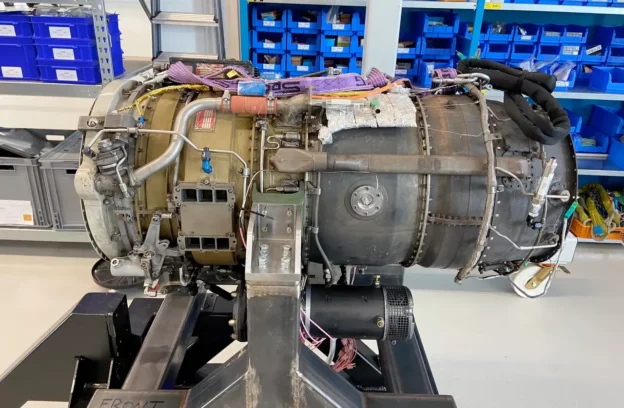Swiss startup Destinus is leading changes in development with the launch of the hydrogen-powered Destinus-3 turbojet . This project seeks to replace kerosene with a greener fuel, using a modified version of the General Electric CJ610 engine that now includes a customized afterburner, allowing supersonic speeds to be reached.
An imagined legacy for the CJ610 engine
The CJ610 engine is known for its ability to generate 1,338 kg of thrust . However, adapting this engine to use hydrogen, instead of kerosene, represents a huge technical challenge that Destinus is addressing with key innovations to meet its green expectations.
The enthusiasm for hydrogen as a clean energy source has captured global attention, given its ability to transform water into fuel, without harmful emissions through electrolysis. This transformation is crucial to moving towards cleaner and more efficient aircraft, especially in the era of supersonic aviation.
The testing phase allows Destinus to evaluate the practicality of hydrogen in real flight conditions. These tests are carried out at their test center in Payerne, Switzerland, ensuring that the adapted engine performs to expectations before proceeding to more extensive testing.
Innovation in the fuel of the Destinus-3 turbojet
To fully adapt the CJ610 to hydrogen, Destinus has developed 3D printed fuel injectors , designed to handle the unique properties of hydrogen and ensure efficient and controlled combustion within the combustion chamber.
Despite the advantages of liquid hydrogen in relation to energy density, the challenges associated with its storage at extremely low temperatures force Destinus to use hydrogen in a gaseous state. This initial stage is essential to ensure the safety and effectiveness of the system before transitioning to liquid hydrogen.

The testing phases of the technology developed by the company. Source: Destinus.
Destinus , with operations in several European countries and a team made up of more than 200 professionals from multiple disciplines, demonstrates its diversity and ambition to continue innovating in aerospace technology. Among its most notable members is Pedro Duque, a prominent astronaut and president of Hispasat, who joined the board of directors in 2022.
Follow us on social networks and don’t miss any of our publications!
Inspenet.com YouTube LinkedIn Facebook Instagram X
Source and photo: Destinus

